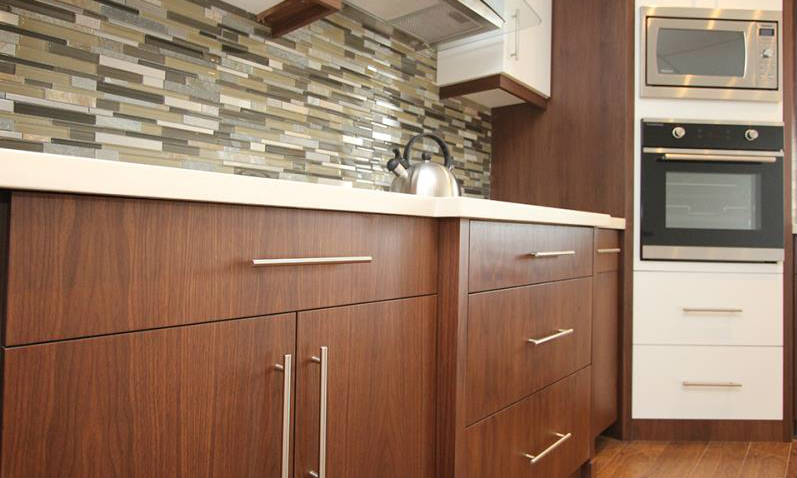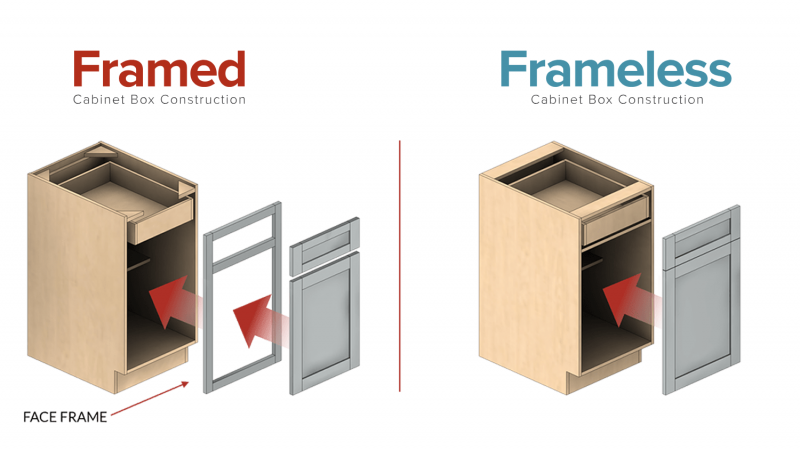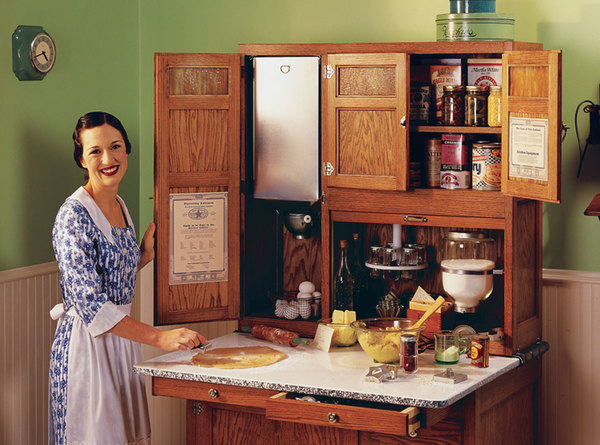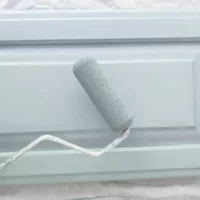Many people struggle to figure out how to remove file cabinet drawers. As file drawers are heavy, the main justification for removing them is to relocate the cabinet.
A filing cabinet needs to have its drawers removed in order to be repaired, painted, and renovated. To prevent the drawer from falling out of the cabinet, file cabinet drawers use side-mount runners with built-in safety locks. To make it simple to access files at the back of the drawer, this kind of runner enables the drawer to fully extend out of the cabinet.
Traditionally, shaking a filing cabinet is the most typical way to remove a drawer. In order to get the drawer’s wheels out of the rails, you must first fully extend the drawer before pulling it back in. Today, we’ll go over several techniques for removing file cabinet drawers.
Table of Contents
Different Methods To Release
There are a number of filing cabinet types that call for particular methods to remove a drawer. The way the drawers are attached to the filing cabinet’s main body and how the cabinets are built an account for the differences. Among the crucial techniques for removing drawers are:
1. Push Latch Disconnect
It is a straightforward procedure in which you will only need to press the one button that activates the latch. The inner member of the slide is separated from the outer member once the latch has been activated. Consequently, the drawer was successfully removed.
2. Rail Disconnect
In order to remove a drawer simply, all of the slide members must be attached and detached using this technique. The latch is optional for these drawers. In retail furniture and filing cabinets with display cases, the rail disconnect slides are a common sight.
3. Friction Disconnect
The simplest way to remove a filing cabinet drawer is by using this technique. You simply need to pull the drawer out far enough so that the slides separate on their own. The ball retainers that prevent the drawer from falling down on its own may cause some resistance toward the end, but this is only temporary. Usually, drawers with load ratings under 50 lbs have this mechanism installed.
4. Lever Disconnect
One of the most durable methods is the lever disconnect method. Lever disconnect mechanisms, which are present on the inner member of the slide to disconnect, are used to remove file cabinet drawers by moving the spring-loaded lever up and down. Typically, pull-out trays at many workstations use lock-out and stop-out features that are built into such mechanisms.
The Removing Process
We went into great detail in this section about how to remove drawers from the main filing cabinet. The following five types of drawer systems are covered in depth in this section: Side-Mount Filing cabinets, Lateral File cabinets, Self-closing Drawers, Wood Glides, and Drawers with Stabilizer Screws. To remove the drawers from the file cabinet, various methods must be used for each of these five drawer systems.
1. For Side-mount Filing Cabinets
Many contemporary filing cabinets use side-mount runners that are equipped with safety locks to stop the drawer from falling out of the cabinet when it is pulled outward. The main objective of such a design is to enable the drawer to fully extend to enable convenient document and file storage. Technically speaking, side-mount runners are more strong and more durable than bottom-mount runners, allowing the cabinet’s structure to support more weight. But since they can be taken out of your filing cabinet with just your fingers, no special tools are required. However, you can ask an assistant for assistance if the drawers are very full.
The procedure entails pulling the drawer out until it comes to a stop and then positioning both hands on either side of the drawer. On each side of the drawer, where the two runners are attached, you must find a tiny horizontal lever. You must push down two different oval-shaped tabs on the lever. You will need to pull the drawer toward your body while firmly grasping the tabs with your fingers. You will hear a small clicking sound as the drawer runners separate from the filing cabinet runners as you pull the drawer towards you.
Make sure to hold the drawer firmly in both hands as soon as you pull it out. By pushing the tab on the back after removal, you can quickly reinstall it. The drawer can frequently tip sideways, which indicates that the lock hasn’t been properly disengaged. To easily remove the drawer in this situation, you will need to push the tab to release it. The oval-shaped tabs on the side-mount runners are usually distinctive and simple to locate.
2. For Lateral File Cabinets
Every office or workplace benefits from having lateral file cabinets. Comparing lateral file cabinets to other filing cabinets, they provide a large storage solution in a compact design, making them more practical to use. A single lateral filing cabinet can hold hundreds of documents. They can also store heavy documents for a long time because of their sturdy construction. But it is nearly impossible to move them without emptying them due to their size and weight. It is crucial to comprehend how drawers can be taken out of such heavy filing cabinets.
You must carefully remove all of the items, files, and documents that are stored in each drawer in the first step before proceeding. In addition, it’s crucial to take out the hang rail bars and handles.
The next step is to carefully open the top drawer all the way and search for a block and rope assembly. Use a screwdriver to remove the two screws that are located inside the drawer after you’ve located the block. The rope fastened to the block will also be separated after the screws are removed. Typically, the rope is a component of the filing cabinet’s anti-tip system that keeps it from toppling over.
You can easily remove any desired drawer from the cabinet after removing the anti-tip mechanism. You must completely remove a specific drawer in order to do this. Next, look for two plastic tabs that are on both sides of the drawer. You must lift the drawer upwards while pressing down on both tabs. You can then pull the drawer out to remove it after successfully removing it from the slide assembly with this motion.
There are frequently no plastic tabs on the drawers of filing cabinets. You must therefore use a different methodology for such cabinets. In order to open the drawer, you must push with one hand on the outside of the drawer and lift the bottom with the other. Continue making this upward and inward motion to free the drawer from the slide mechanism. A flat-head screwdriver can also be inserted into the slide to unlock the drawer. However, you should proceed with caution because taking out the drawers could cause the cabinet to topple over. Therefore, it is crucial to comprehend that, in order to prevent an accident, only one drawer should be handled at a time.
3. For Self-closing Drawers
Self-closing drawer guides are a common feature of expensive filing cabinets. The self-closing drawer guides protect the drawers from being slammed shut in contrast to systems that use roller-rail technology. In addition, even if the drawer is not pushed firmly enough, such systems still close it within the final few inches of movement.
Such file cabinet drawers must be opened all the way before being removed. A locking lever or clip at the drawer guides must also be found. To remove the drawer, you must first push the lever in either an upward or downward direction. The drawer must then be completely removed from the rails by tilting it down from the back.
4. For Wood Glides
Only old furniture contains wooden drawer slides. These drawers typically don’t open as smoothly as their contemporary counterparts, which is a characteristic feature. Such a drawer must be taken out starting at the top and working your way down. As the base of the cabinet can be heavy without a problem, this methodology also prevents top-heavy furniture from toppling over.
The top drawer must be pulled out in the following step with all your might. The wooden drawers have a natural stopping point, so you don’t have to be concerned about them falling over on you. You will need to pull the drawer away from you and toward your body with some force while using both hands.
You will need to exert a little more effort to remove a drawer if your wooden filing cabinet only has a single central wooden track. Your job of taking out the drawer will be a little bit simpler if the cabinet uses wooden glides.
5. Drawers With Stabilizer Screws
The drawers of many contemporary cabinets have stabilizer screws installed. Before attempting to remove any particular drawer, these screws need to be manually removed. To prevent the cabinet from tipping over, you must first start from the top.
The next step requires you to grab a specific drawer with both hands so you can touch both sides of it. Additionally, you must slide the drawer as far out as it will go or until it stops.
The stabilizer screws installed inside the drawer body must be found in the following step. Typically, there are two screws that need to be removed using the proper screwdriver. You must find the catch tabs, which are situated on both sides of the drawer after the screws have been removed.
In order to release the catch tabs, you must pull them upward. The drawer can then be removed from the cabinet after that.
Warning
One lock has not disengaged if the drawer leans sideways. Push the tab to release it, then take out the drawer. The oval-shaped tabs are most frequently used by side-mount runners. On the runners of some, there might be tiny rectangle-shaped tabs.


















